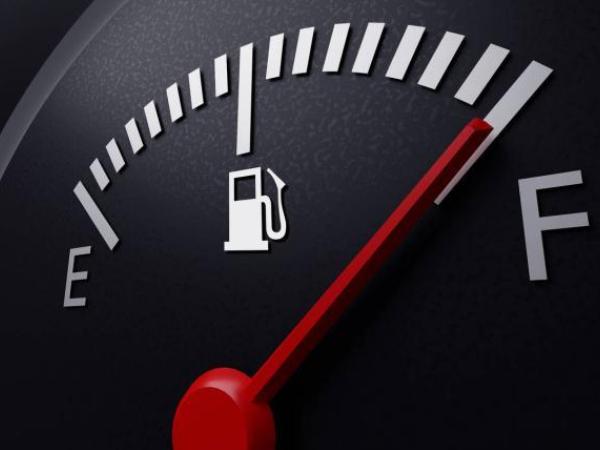September 7, 2024, 4:00 AM
September 7, 2024, 4:00 AM
Militantly and peacefully. This is how the 24-hour strike called by the Pro Santa Cruz Committee was carried out from midnight on Friday and throughout the day the day before, in rejection of the results of the National Population and Housing Census carried out last March and released by the National Institute of Statistics (INE) with figures different from its own projections. An unexpected change that increased doubts about the precision, reliability and transparency of the population count, which is crucial for the reallocation of economic resources and parliamentary representation in the country.
98% of citizens complied with the measure in the capital city and the provinces of the Department, according to estimates made by the president of the civic entity, Fernando Larach, who praised the support of the population in a protest that took place without incident. With the support of influential sectors such as public transport and unions, it was a “forceful and peaceful” strike, he said during a press conference almost at the end of the day. Larach also announced that from Monday, without losing time, a ‘commission of notables’ made up of jurists and technicians from the Government, the Municipal Mayor’s Office and the Autonomous University Gabriel René Moreno will work to analyze the steps to follow and promote a corrective norm of the Census data delivered by the INE.
At the same time, ‘legal actions’ were announced against the President of the State, Luis Arce, the Minister of Development Planning, Sergio Cusicanqui and the director of the INE, Humberto Arandia, who were accused of being responsible for a national survey considered to be a failure and whose results must be subjected to an international audit. A departmental census is also not ruled out, although it may be made unfeasible by the high cost and lack of resources to ensure its implementation.
The first reactions from the Government came through the Vice Minister of Communication, Gabriela Alcón, who warned of a political bias behind the strike in Santa Cruz when the questions about the Census, as she specified, should be addressed in a national technical table to clear up doubts with the review of its data. For his part, the Vice Minister of Planning, David Guachalla, regretted the ‘extreme measure’ adopted by the civic leadership of Santa Cruz, despite the fact that the INE had expressed its willingness to offer the required explanations.
These were, broadly speaking, the nuances of the strike in Santa Cruz and in September, the month of the cruceñidad. A solitary strike. Of lacerating orphanhood because the other regions choose to look the other way, as if an impeccable Census were not also of their particular interest. But it is not the first time that the struggle from these plains for fair demands is not accompanied, even when the eventual benefits end up being shared with others in the national neighborhood and who do not even need to lift a finger. It is a matter of reviewing history.
It is also worth noting that yesterday’s protest was a new measure of protest driven by the central government’s lack of timely attention to the claims and demands of a region that is treated with disdain and even contempt by the current bosses. It was a paralysis of the country’s largest productive muscle with the consequent damages. But Santa Cruz, always open to dialogue, paradoxically finds no other way to make its voice heard. It is prevented by chronic deafness and the recurring snubbing of the circumstantial and arrogant administrators of power. A voice that cannot and should not be lost like a cry in the desert.


















